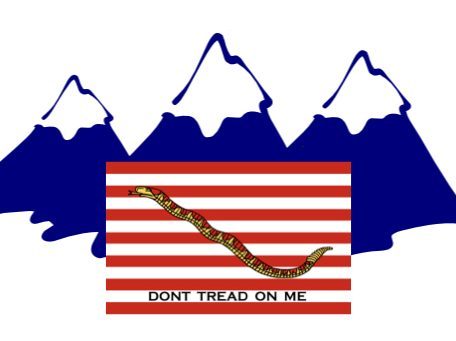THERE ARE SOME IN OUR HOBBY who insist that a wargame must be historical. From today’s perspective, a game about Air-Land Battles in Germany in the 1980’s is kinda historical. Or at least historically-plausible. Thankfully, the Cold War never went hot. So playing TAC AIR (Avalon Hill Game Company, 1987) is a blast into the coulda-been past. I recently played TAC AIR as part of my 2019 Charles S Roberts Award Challenge. TAC AIR won the CSR in 1987 for Best Modern Era Boardgame.
TAC AIR looks and plays in many ways like a military training aid. That’s because it basically was! Designer (and then-USAF Captain) Gary C. Morgan designed the game FEBA for the USAF Project Warrior. As Air Force Magazine put it in 1982:
For a couple of decades, Air Force people (and the institution) edged away from warfighting as a state of mind, and toward an eight-to-five, business, managerial mindset. Today’s Air Force leaders are determined to reverse that trend, and create a professional mission-oriented force. Project Warrior is the means of change….It is a new program whose goal is to create and maintain and environment for Air Force people to think and plan in warfighting terms….Under “education,” the Air Force is establishing a professional studies support program. It is composed of selected readings, discussion guides, wargaming resources, and other media to develop individual understanding of military strategy, tactics, and logistics, as well as a better appreciation of the role of airpower in the nation’s deterrent and defense policy.
Project Warrior, Air Force Magazine, August 1982
TAC AIR was published in a time when professional and recreational wargaming was at an intersection. Jim Dunnigan’s Firefight (1976) started life as a US Army project. In the 1980’s Avalon Hill was on a roll with Gary Morgan’s Flight Leader (1986) and then TAC AIR which both started in Project Warrior. (Philip Sabin, Simulating War, Bloomsbury Academic, 2012).
TAC AIR depicts the (then) “modern air-land battle, complete with integrated air defense systems, detailed air mission planning and Airspace Control considerations” (TAC AIR, Designer’s Profile).
I played this game a few times back in the late 1980’s but seemingly remembered it as “too much Air Farce.” At the time I was really into modern naval combat (ala Harpoon) and was not as interested in ground combat in Europe. If I really wanted to play a modern Cold War ground combat game I would pull out Frank Chadwicks Assault (GDW, 1983).
That’s too bad because TAC AIR, while not perfect, makes learning about Air-Land Battle doctrine quite fun.
TAC AIR is really two games on one. The “Land” portion of the Air-Land Battle is a fairly standard ground combat game where ground units and helicopters move and fight once per turn. The “Air” portion of this game is where the real emphasis lies – not surprising given this was an Air Force training aid! Every turn in TAC AIR includes an Air Phase which consists of 10 identical Air Rounds. Attacks by air units and air defense fire happens during aircraft movement each Air Round. Here planes zoom around the board dodging air defenses and delivering strikes on ground units to disrupt them. A ground unit that accumulates four Disruption is eliminated.
TAC AIR is also interesting in what is included and what is not. In addition to the ground units and aircraft, there are special rules for Electronic Warfare (a vastly under-appreciated domain of modern warfare even today), the then-highly innovative Joint Air Attack Tactics mixing A-10 aircraft and Apache attack helos, as well as long-range ATGMs and standoff weapons. One aircraft you will not find in TAC AIR is the F-117 Nighthawk. I’m not surprised; Captain Morgan may not have even known about the program and even if he did it was still classified at the time. The F-117 was not “publicly unveiled” until 1988 – a year after TAC AIR was published.
I played Scenario One – “Covering Force” where elements of the US 2nd Armored Cavalry Regiment screen against advancing elements of the Soviet 6th Guards Tank Division. Although the combat systems and platforms used were obviously from the mid-1980’s Cold War, I could not help but think about how different – or not – a similar battle in Poland might be today. Makes me wonder if anybody in the US Army or Air Force is looking at an updated version of TAC AIR for today’s military.
I also took note that one “Captain Matt Caffrey” is listed as contributing as a game developer. Today, Matt Caffrey Jr. (Colonel, USAFR, Ret.) is the author of On Wargaming from the US Naval War College published this year. Good to see the grognards of the hobby still contributing to the cause.
* FEBA – Forward Edge of the Battle Area (welcome to the world of military acronyms)

Nice post. This was a very good game.
Absolutely loved this game!